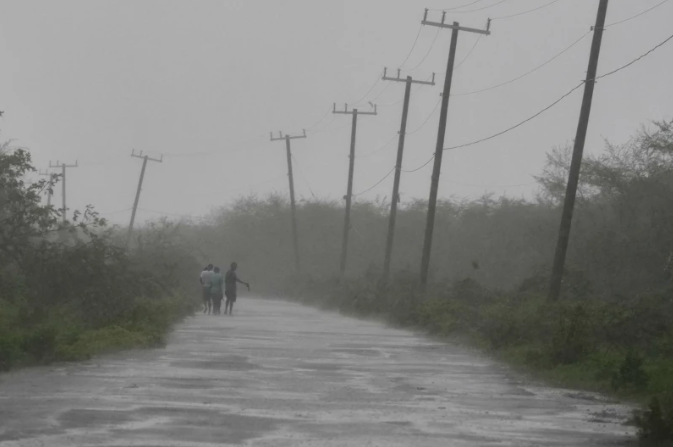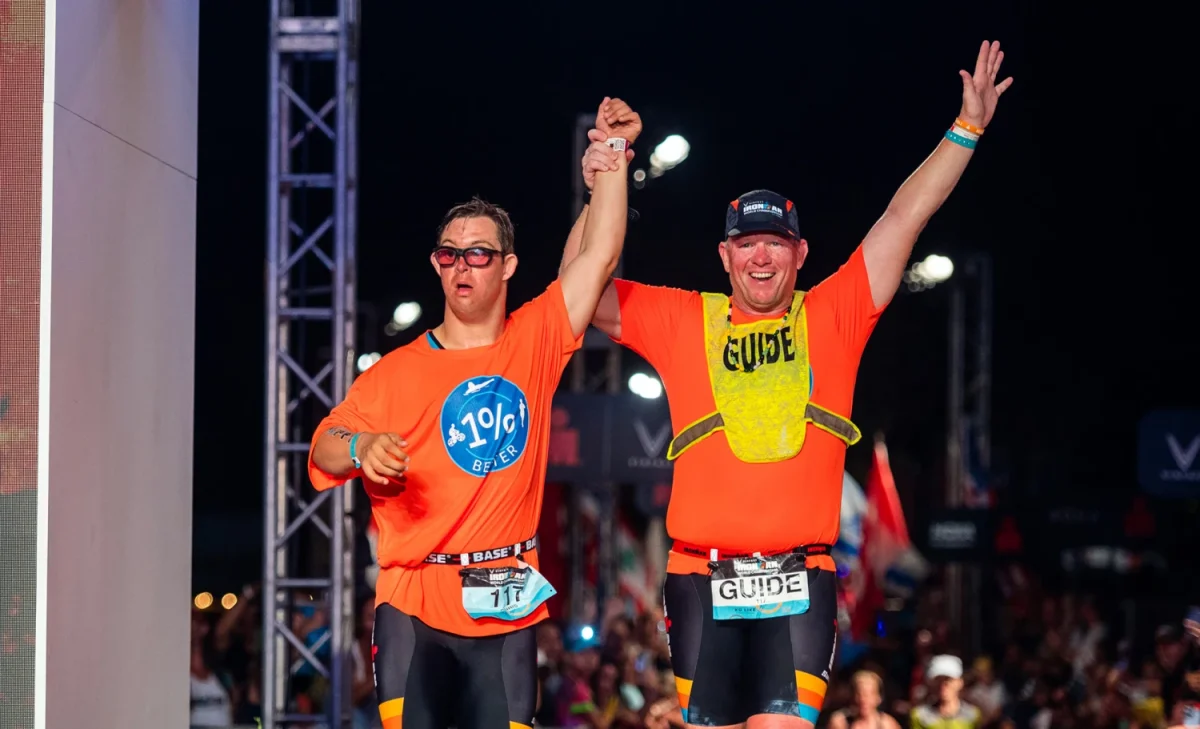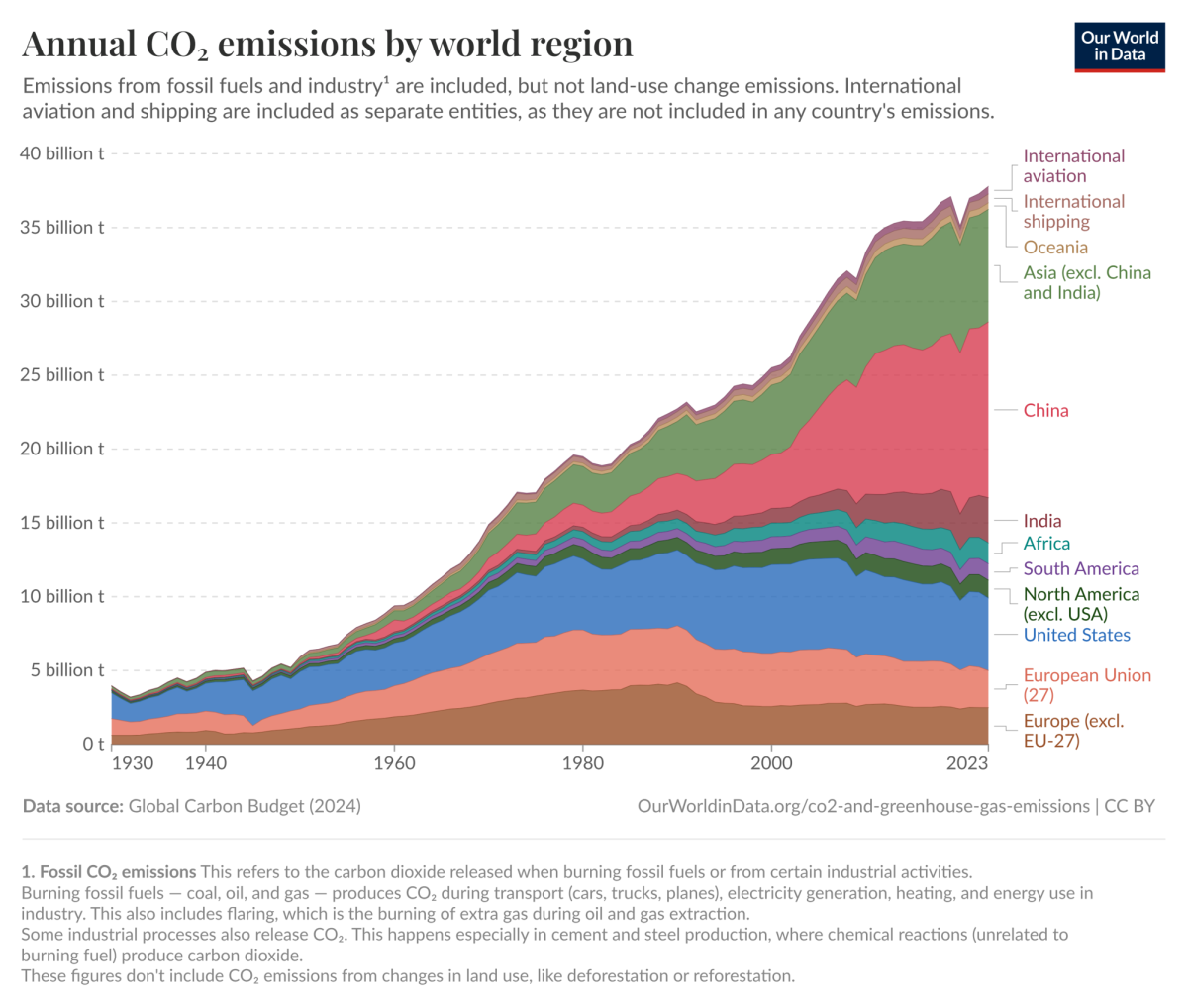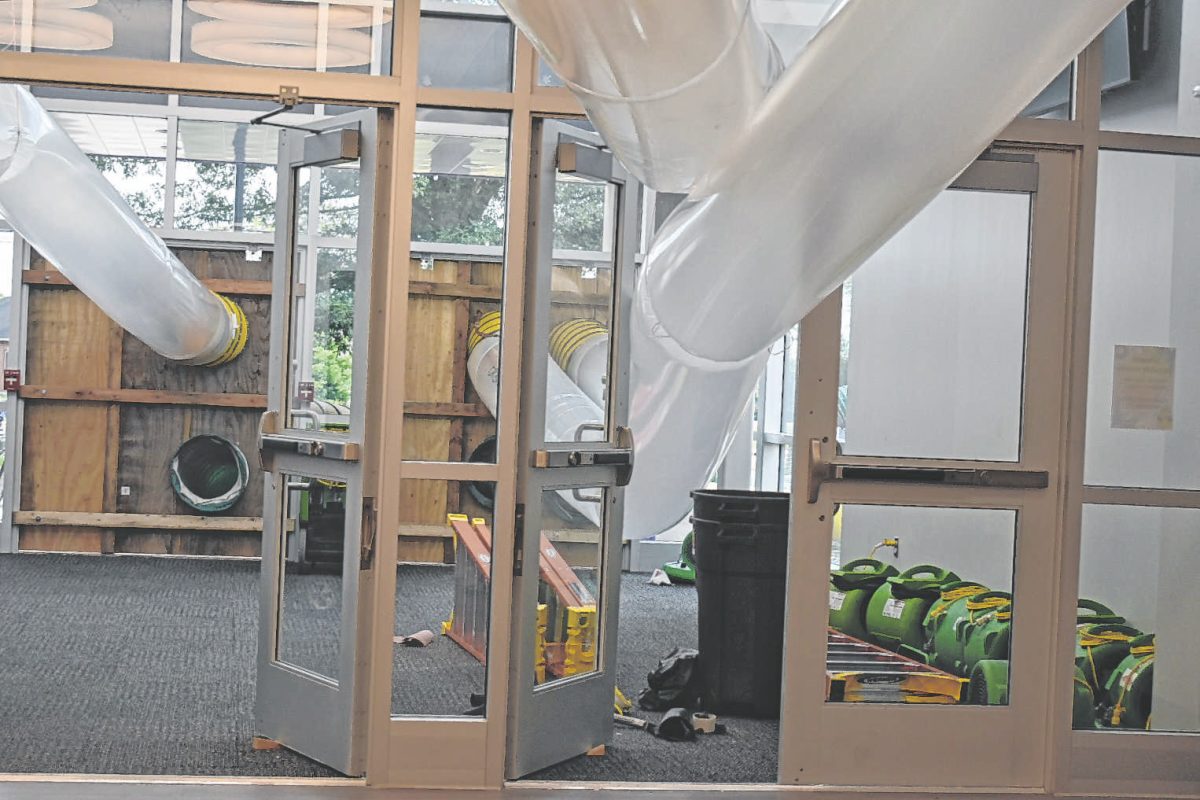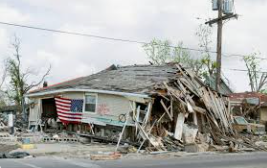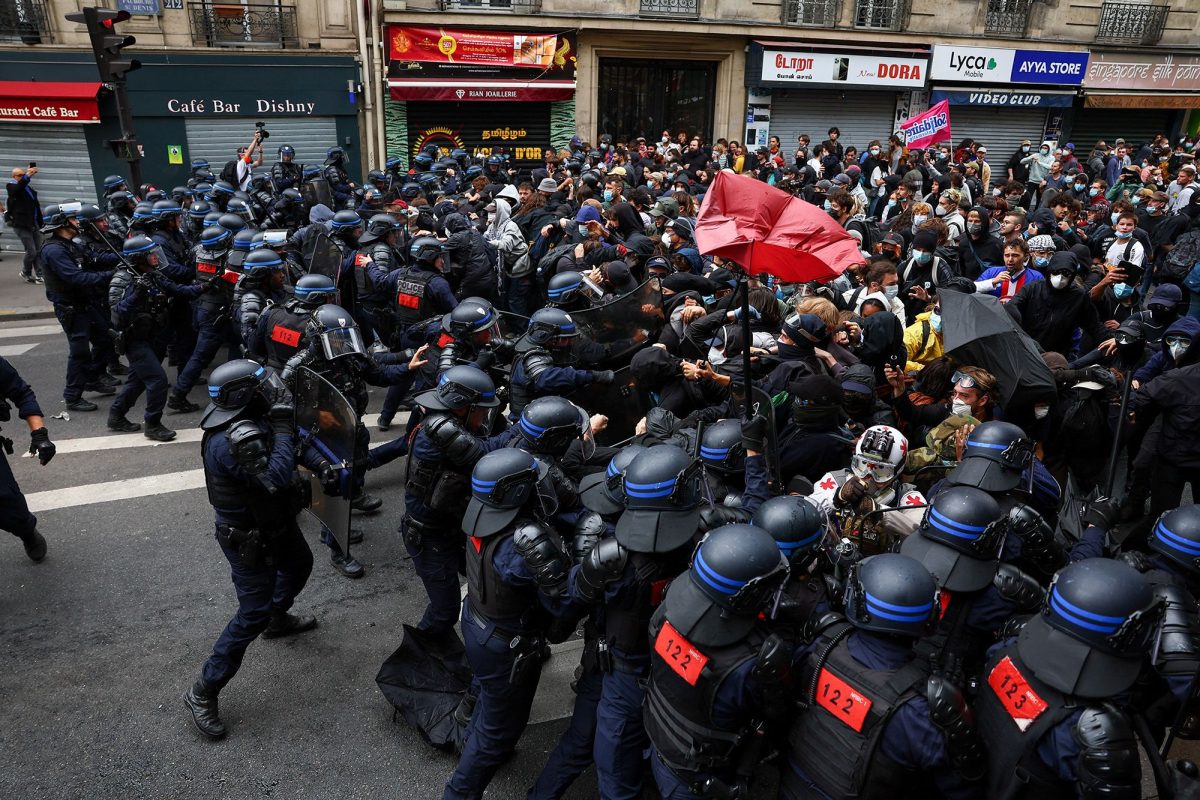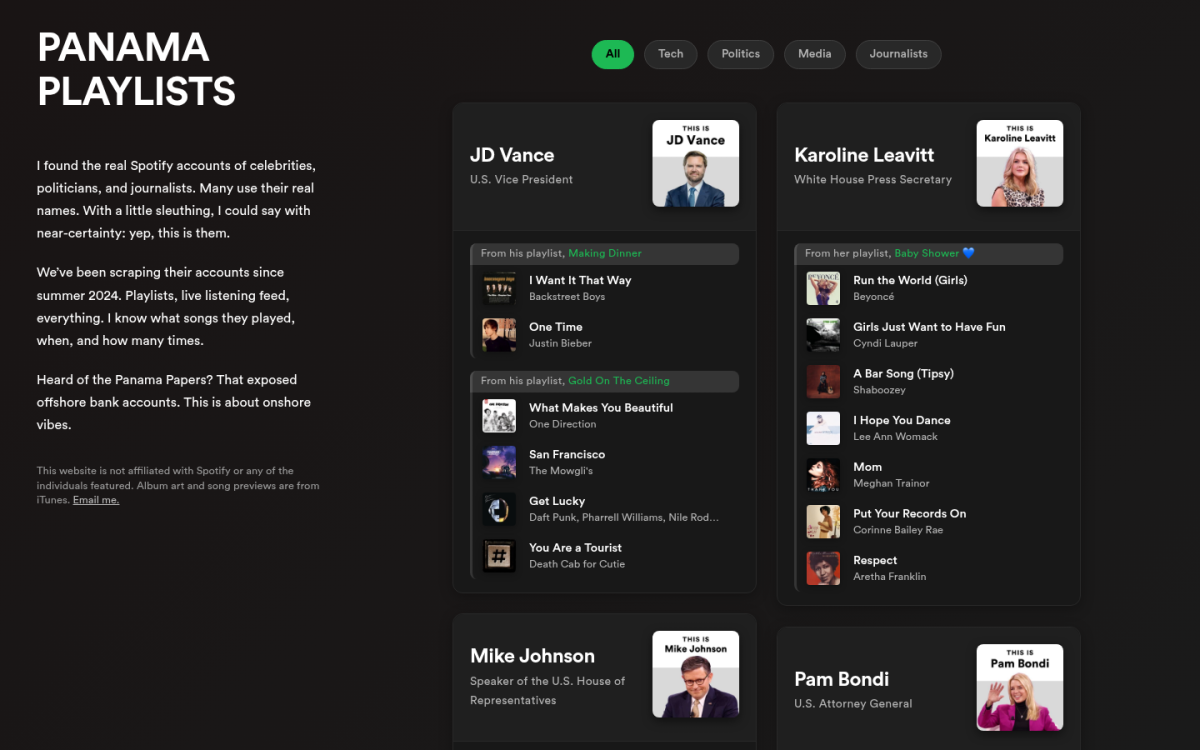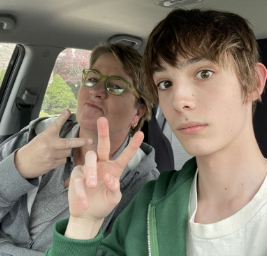The largest hurricane to hit the Caribbean in history, Hurricane Melissa, has swept through Jamaica, Haiti, the Dominican Republic, and Cuba, leaving all devastated. Hurricane Melissa was originally categorized as a level 5 storm after hitting shorelines with winds of more than 185 mph, but has since then been recategorized as a level 4 with wind speeds of around 145 mph. Despite this, its effects ripple throughout neighboring countries.
Before the storm, Macey Moss, who had traveled to Jamaica before the storm hit, mentions that Jamaica was “really, really cool…bright and sunny.” Jamaica is on many people’s bucket list, being known for its rich culture and scenery, but because they were hit by Hurricane Melissa first, they got the wind’s full power. This hurricane has destroyed much of the scenery in Jamaica, and it will take a while for them to recover
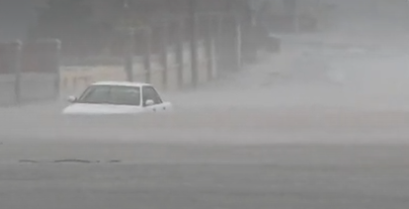
To prepare for these hurricanes, many evacuations have taken place. Before the torrential surge reached Jamaica, 28,000 had been evacuated from the coastal areas. Similarly, in Cuba, the president of the Provincial Defense Council, Beatriz Johnson Urrutia, declared that around 281,000 people had been successfully evacuated. For those who have evacuated, charities such as the Global Empowerment Mission have taken action to prepare supplies for refugees, filling boxes of essential goods such as food and drinking water. Unfortunately, not everyone could be evacuated.
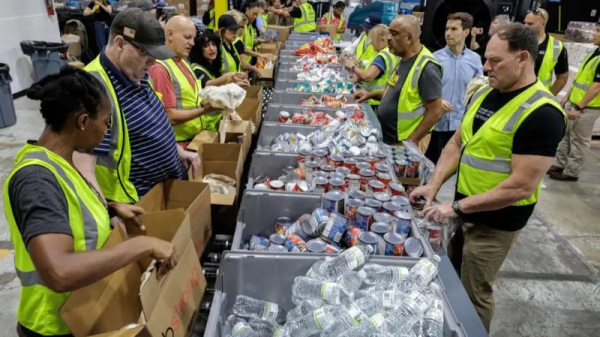 Some have been given shelter, such as Sean Tucker, who had gone to Jamaica for a birthday celebration with about 20 others and, unfortunately, became stuck on the island due to flight cancellations. According to WOWO, he stated that “We came in with…good spirits. Everything was great…All of a sudden, we started getting flight cancellation notices, and that’s when we knew…things had changed.” Though he was able to find shelter, others were left stranded. As of October 29, 2025, at least 15 have been confirmed dead from reports alone.
Some have been given shelter, such as Sean Tucker, who had gone to Jamaica for a birthday celebration with about 20 others and, unfortunately, became stuck on the island due to flight cancellations. According to WOWO, he stated that “We came in with…good spirits. Everything was great…All of a sudden, we started getting flight cancellation notices, and that’s when we knew…things had changed.” Though he was able to find shelter, others were left stranded. As of October 29, 2025, at least 15 have been confirmed dead from reports alone.
The day of the hurricane, many cities were faced with harsh winds that blew off citizens’ roofs and tore down power lines. Shortly after, many inches of rainfall came along with severe flash flooding, with waters reaching as high as 13 feet.
According to AP News, climate change has played a part in the deadliness of the storm by warming up the oceans,
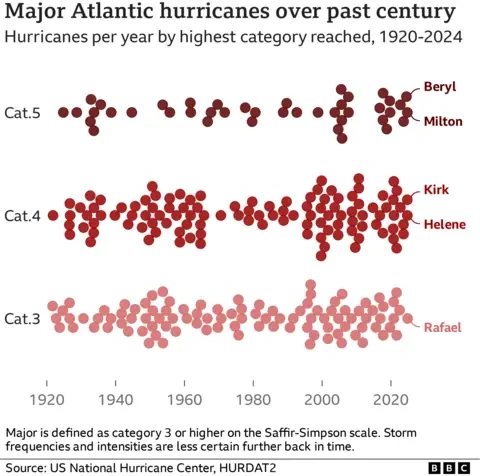
leading to heavier winds and stronger rainfall. In fact, this hurricane almost doubled in wind speed in less than a day. BBC News supports this theory with a graph of how many hurricanes, specifically categories from 3-5, have arisen since 1920. This deadly event across the Caribbean islands may signify that we might have to act against climate change earlier than anticipated to further prevent any future mass casualties.
If you’re interested in learning more about Jamaica, https://jis.gov.jm/ is its official website.
Sources
Live updates: Hurricane Melissa to make landfall in Jamaica. (n.d.). BBC News. https://www.bbc.com/news/live/cvgvexdjp1xt
Default | AccuWeather. (2025). Accuweather.com. https://www.accuweather.com/en/hurricane/hurricane-melissa-makes-historic-landfall
Brown, B., & Koppel, N. (2025, October 28). Live updates: Hurricane Melissa expected to hit Jamaica as its strongest storm since records began. AP News. https://apnews.com/live/hurricane-melissa-jamaica-tracking-updates
Network Indiana. (2025, October 28). Hoosier Trapped By Hurricane Melissa. WOWO News/Talk 92.3 FM and 1190 AM. https://wowo.com/hoosier-trapped-by-hurricane-melissa
Wikipedia Contributors. (2025, October 28). Hurricane Melissa. Wikipedia; Wikimedia Foundation.



